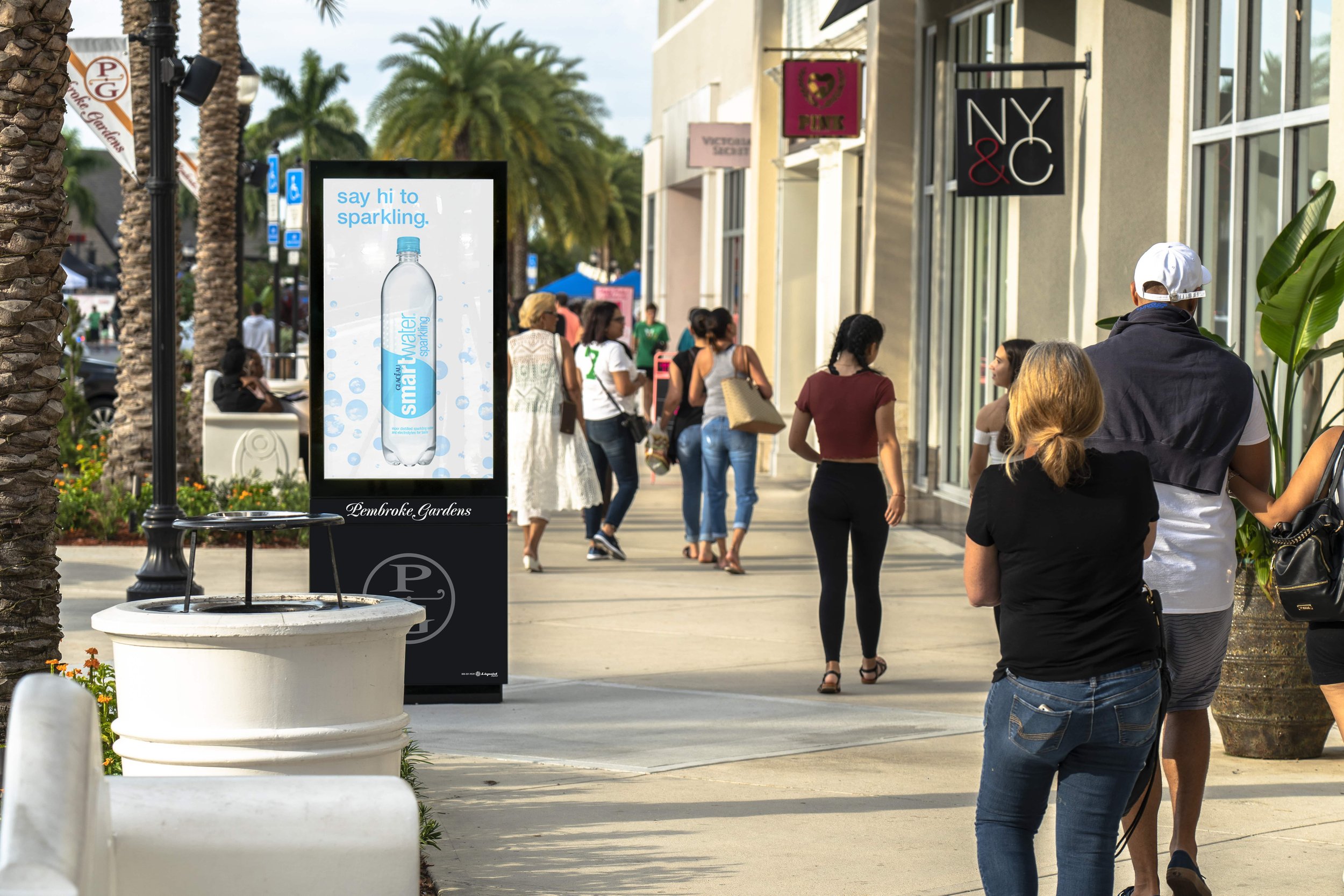Generate More Revenue with RoveIQ’s Automation Advertising Server
Digital marketing is constantly evolving, and programmatic advertising is quickly becoming one of the top ways to reach their clients in digital out of home advertising. As a result, owners of digital kiosks, digital directories, and digital signage are generating up to 30% more revenue with an automated programmatic content management software in place. But what exactly is programmatic advertising and why should owners of digital kiosks with digital screens pay attention to it? In this article, we’ll explain.
What Is Programmatic Advertising?
Programmatic advertising is a type of digital marketing that uses automation technology to purchase advertising space in real-time. This allows advertisers to target specific audiences more effectively by targeting them with relevant ads at the right time on digital screens. The system works by using algorithms to analyze mobile data, demographics, and past behaviors in order to determine which ads would be most effective to play for the people in the area. Ad buying decisions are then made based on this data, allowing advertisers to place their ads in front of potential customers who are most likely to engage with their brand or product.
Why Does Programmatic Advertising Matter?
Programmatic advertising has become increasingly important as more people turn to digital channels for information and entertainment. According to Digital Signage Pulse, the global digital out of home supply side platform for programmatic called VIOOH stated “United States advertisers are expected to increase programmatic spend by 33% over the next 18 months.” Programmatic allows advertisers to reach their target audience more efficiently than ever before, saving both time and money on ad placements. By targeting users who are already interested in their brand or product, advertisers can maximize the effectiveness of their campaigns while minimizing costs associated with wasted ad impressions.
Additionally, programmatic advertising helps ensure that ads are placed in front of appropriate audiences as opposed to irrelevant ones, increasing ROI even further. For those who have digital inventory such as outdoor digital kiosks or digital directories, the amount of revenue generated from programmatic has increased in each of the last 3 years. According to Steven McFarland at RoveIQ (a company that implements programmatic for digital owners), “In the past, we typically see 15% of total advertising revenue to come from programmatic advertising while the rest will be traditional ad sales. However, programmatic revenue has increased to 30% in 2023, doubling the amount of revenue. Owners of digital inventory could be generating 30% more revenue with a programmatic system in place.”
What’s the difference between traditional advertising and programmatic advertising when it comes to purchasing the inventory?
Traditional advertising is a manual and negotiated process where a salesperson sells digital ad space to a buying agency or advertiser. The buyer receives dedicated time and space on a digital screen for a specific period of time. Programmatic Advertising automates the traditional process with a process called real time bidding. This allows advertisers to buy ad space across digital screens in their target markets.
How can I implement this with traditional advertising sales and programmatic advertising on my digital screens?
In order to implement, you will need a content management system (CMS) that gives you the ability to schedule traditional ad sales while having a programmatic ad server. When you begin organizing your ad inventory for your digital screen loop, a digital kiosk owner will decide how many ad spots they would like to sell. Say for example, you have 6 spots to sell. Sales reps will now work to sell media and fill each spot. If the rep sells 2 of the 6 ad spots, the 4 available spots can activate with programmatic. Programmatic will fill unsold traditional ad sales inventory in hope of maximizing revenue and filling all ad slots. If a traditional buy fills in for 1 of the ad slots where programmatic is, the programmatic ad can be removed automatically as the traditional ad can take priority. One additional method used is to dedicate ad slots to programmatic only. This means that traditional ad sales will not fill these slots and only programmatic can fill the inventory. Both are effective ways to maximize revenue for your digital signage, digital kiosks, and digital directories on property.
Programmatic advertising is quickly becoming a key component of successful out of home digital media strategies but for it to be sustainable, advertisers will want better measurement of campaign effectiveness, according to Digital Signage Pulse. This can be provided by a software platform that includes the following: a CMS, an ad server, and video analytics. The video analytics can record the pedestrian counters to provide the number of impressions that take place. Advertisers will be able to target their desired audiences more accurately than ever before while also minimizing costs associated with ad placements.
With its many benefits, programmatic advertising has become popular among modern marketers looking for effective ways to reach potential customers which has led to increased revenues for digital kiosk owners. If you are interested in adding a programmatic software platform to your digital screens today, contact RoveIQ for more information.
Author: Steven McFarland, VP of Client Relations at RoveIQ. Steven has led the deployment of 40+ success digital projects including 500+ digital screens with advertising capabilities including programmatic advertising.

